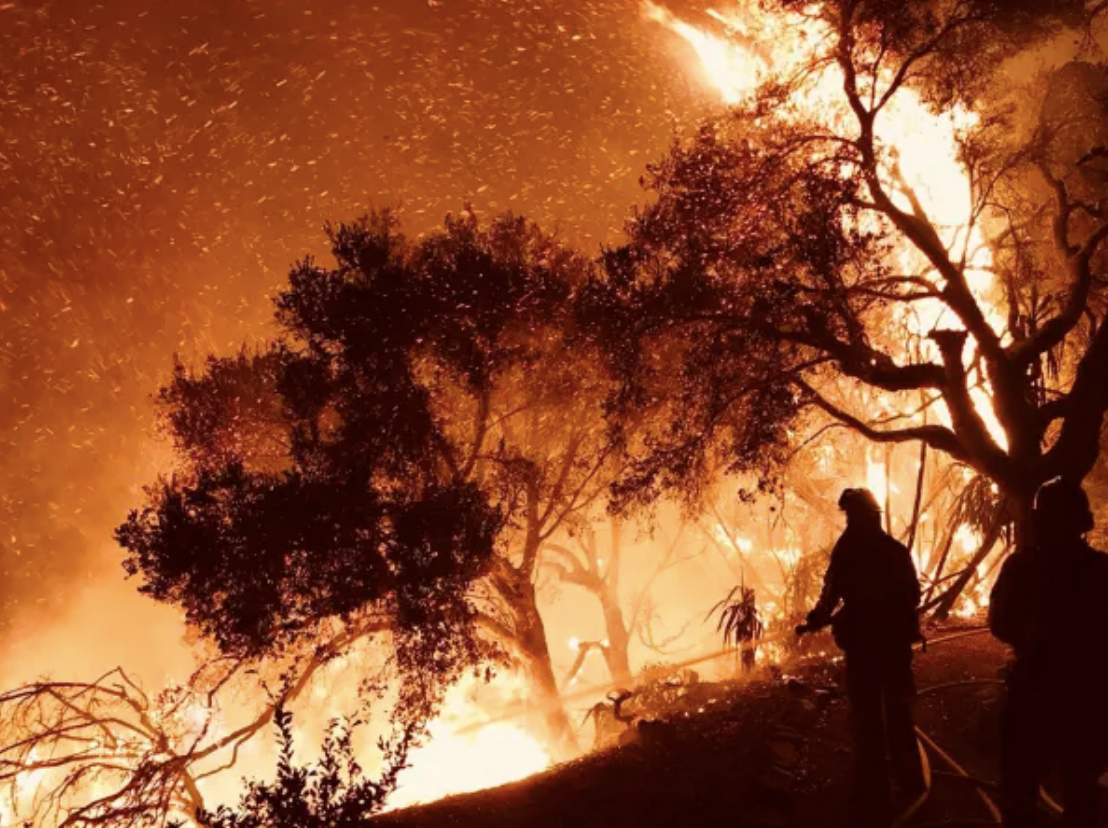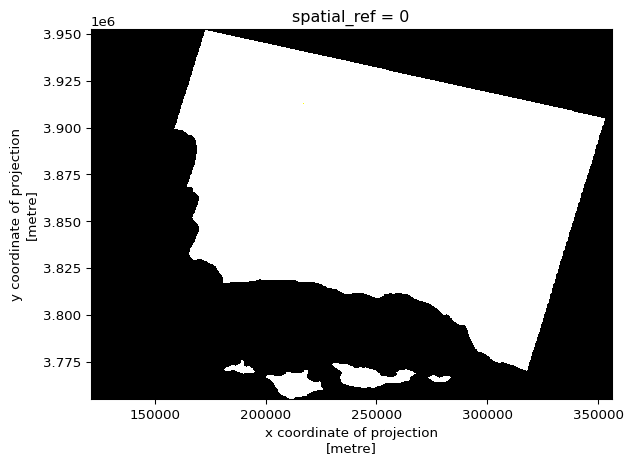Show code
import pandas as pd
import geopandas as gpd
import os
import matplotlib.pyplot as plt
import rioxarray as rioxr
from shapely.geometry import box # To create polygon bounding box
pd.set_option("display.max.columns", None) # To see all columns




